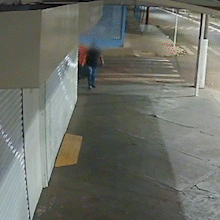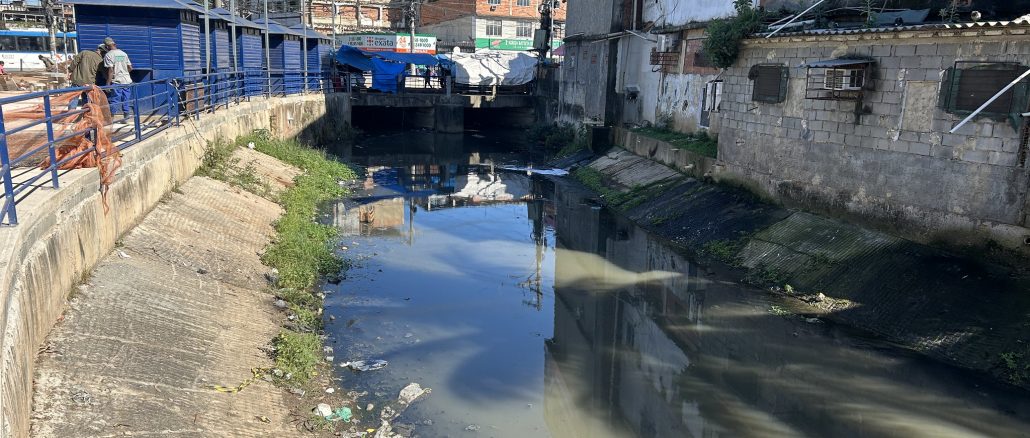
 This article is part of a series created in partnership with the Behner Stiefel Center for Brazilian Studies at San Diego State University, to produce articles for the Digital Brazil Project on environmental justice in the favelas for RioOnWatch.
This article is part of a series created in partnership with the Behner Stiefel Center for Brazilian Studies at San Diego State University, to produce articles for the Digital Brazil Project on environmental justice in the favelas for RioOnWatch.
The term “river health” is used by communities, researchers and journalists when talking about water quality around the world. But river health goes past technical assessments of pollution levels. Increasingly, river health is thought of systemically: how does a river flow, what species—and people—live in and around it, and how well can it recover from harm? As with human health, rivers can show signs of stress, struggle to recover after trauma, and even require treatment.
One group of UK researchers explore the idea of “riverkin”, showing that healthy rivers are not just vital for guaranteeing healthy, diverse ecosystems, but are essential for the health of human communities. They argue that objectifying rivers has been harmful to human health and that we should reconnect in a kinship with them as Indigenous communities have always done. Some places in the world now recognize and enforce the personhood of water bodies, such as in Mar Menor Lagoon in Spain.
“I would like to see a shift in the scientific conception of what river health is to one that meets all those criteria for biodiversity… but also the possibility of sustaining that thriving relationship with the people around it and the people who interact with it.” — Dr. Julia Martin-Ortega
With this broader understanding, to explore what river health looks like in Rio de Janeiro, RioOnWatch accompanied a week-long tour of the city’s favela rivers organized by the Sustainable Favela Network in June 2025, and interviewed two geographers who study the city’s urban waterways and their relationship with its favelas. The condition of the city’s waterways is bleak: in Rio—where natural tributaries are paved and channeled across the city—the health of rivers is directly related to the health of its communities.
The Challenges of River Health in Rio de Janeiro
According to Instituto Trata Brasil, nearly half of the nation’s population, 100 million people, lack access to sewage collection or treatment in Brazil.
Adão Castro is a geographer born and raised in the Rio das Pedras favela in Rio de Janeiro’s West Zone. Castro wrote his master’s thesis at the Federal University of Rio de Janeiro (UFRJ) on his community’s river, by the same name, and his doctoral dissertation on the Guandu River, which provides drinking water to Greater Rio de Janeiro.
“Just look at what’s happening in Rio das Pedras. Sewage is collected, but it’s dumped straight into the river. How did we get here? Because society has been distancing itself from its rivers.” — Adão Castro
Alongside Castro, geographer Kessy Almeida is a member of the Conexões Rios project, which is dedicated to critical environmental education and works to reconnect communities with their local rivers through participatory activities in public schools. A doctoral candidate in Environmental Management and Planning at UFRJ, she explains that the concept of river health is gradually becoming understood in Brazil.
“This concept of ‘river health’ is already pretty well established. Some geographers and geomorphologists have worked a lot with it. In Brazil, it’s still not widely known, but there are a growing number of studies in the field.” — Kessy Almeida
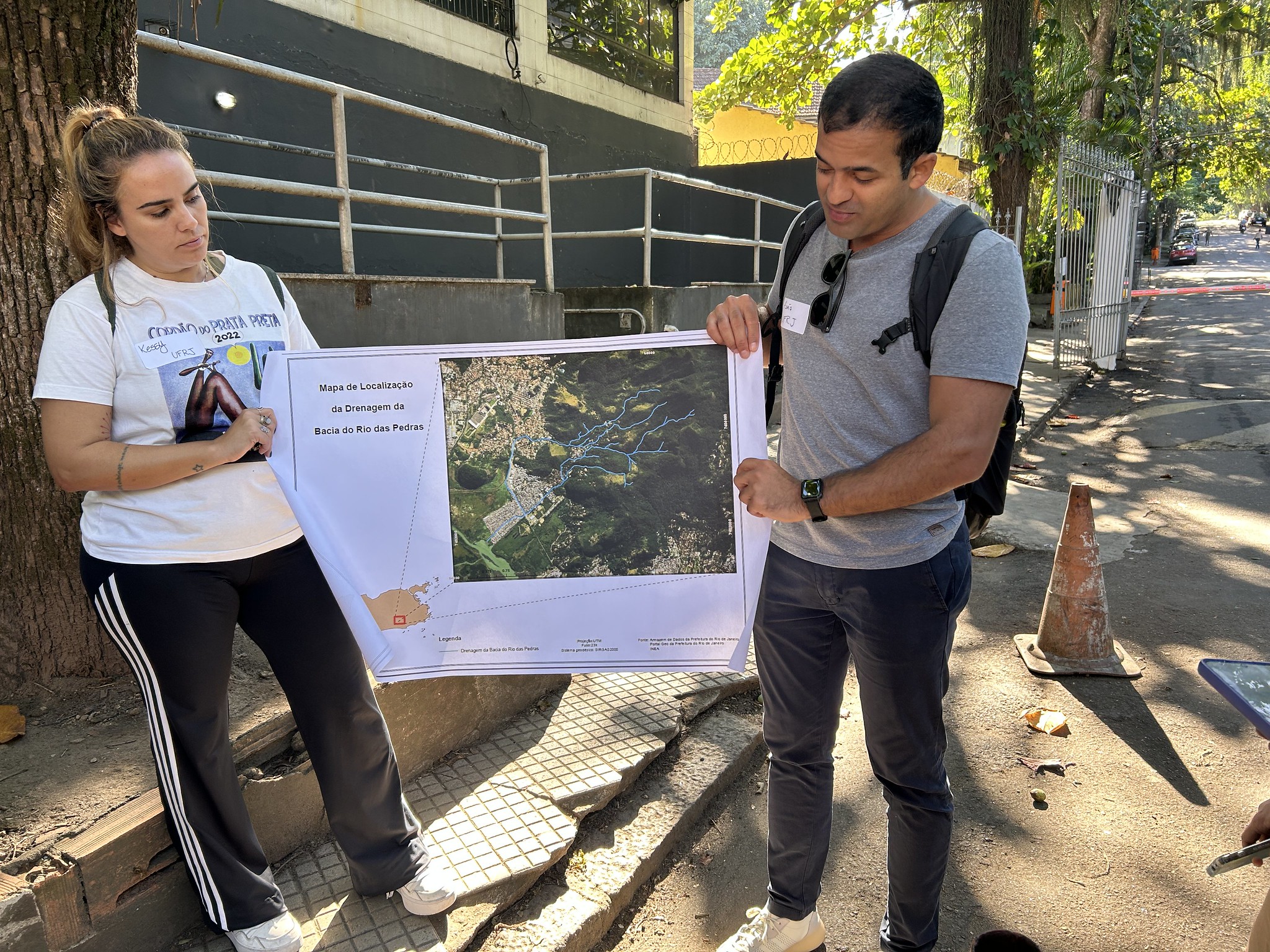
Almeida also participantes in GEOMORPHOS, which conducts watershed analysis in various regions of Brazil. She shares that her experience with both of these groups, one that focuses on geospatial analysis, the other on education, has made her realize that the issue of river health requires both a scientific and education policy-based approach.
“[River health] refers to a river’s ability to carry out its natural functions: not just the water flow, but [supporting] its entire surrounding ecosystem. This includes sustaining biodiversity (animals and plant life), regulating sediment flow, supplying water, and also supporting cultural, recreational, and economic activities. River health is directly linked to ecosystem health, and ultimately, to human health too.” — Kessy Almeida
Today, most of Rio de Janeiro has become disconnected from the natural functions of the many rivers that run throughout the city. Most people have come to view rivers as sewage channels.
“In poorer communities, these channeled rivers are often referred to as valões, a [derogatory] term commonly used in Rio to describe places where sewage and garbage are dumped. When people say, ‘There’s no river here, just a valão,’ what they mean is that the river has been degraded into a sewage dump.” — Kessy Almeida
Castro’s research describes how Rio’s rivers have come to serve as a conduit for disease.
“Here, in a scenario of rain… if the river rises just a bit, it already reaches the houses. As a result, it floods. And that water brings a lot of problems. Many diseases: leptospirosis, leishmaniasis, hepatitis. And Rio das Pedras, within the context of the city of Rio de Janeiro, is one of the favelas with the highest number of waterborne diseases.” — Adão Castro
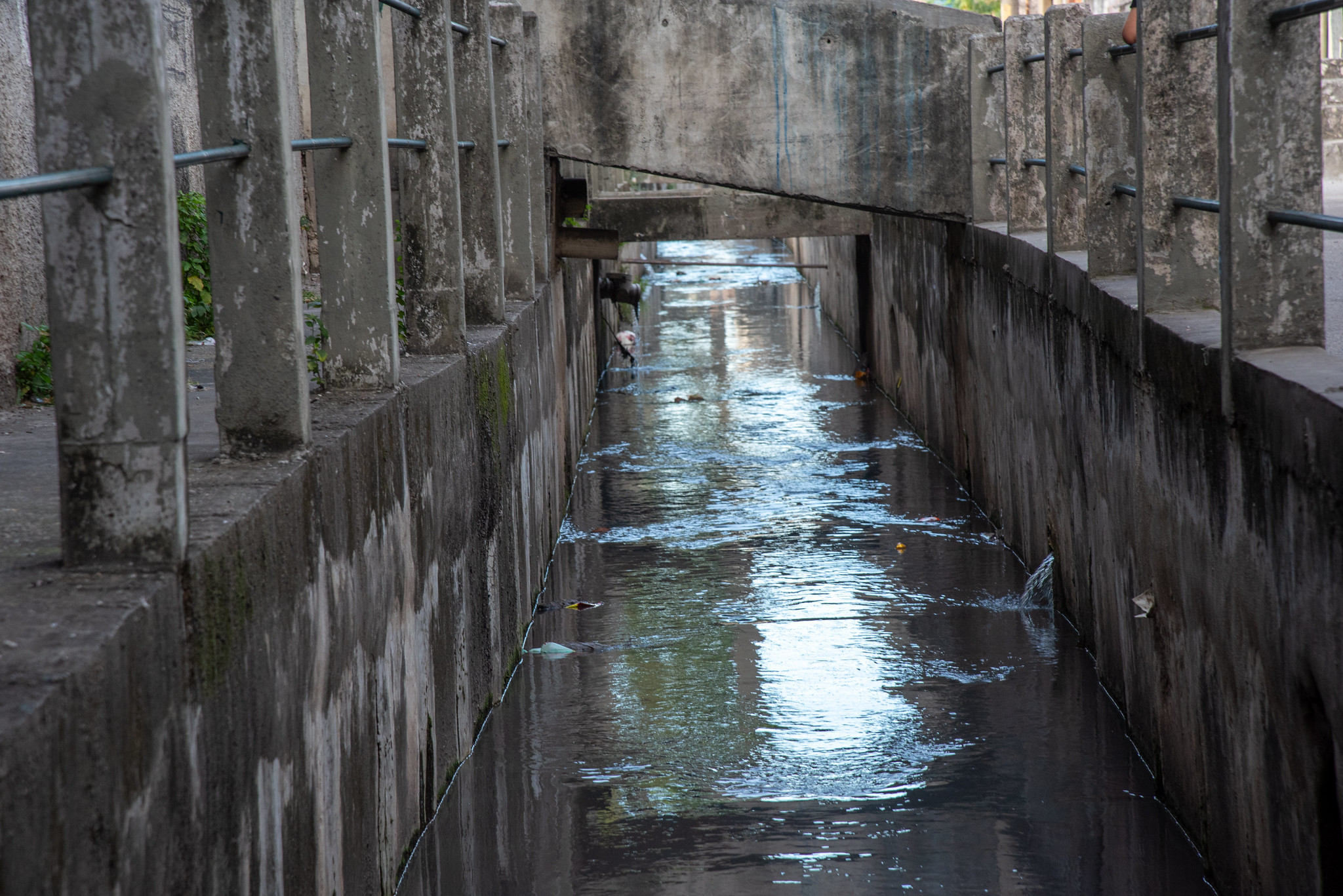
According to Almeida, shifting this perspective in the minds of residents is the first step to solving the problem.
“If society sees rivers as dumps, that’s how they’ll treat them. And how can we imagine a healthy society when its rivers are sick? When they can’t perform their natural and ecological functions? It’s a two-way street: a sick river reflects a sick society, and a healthy society depends on a healthy river.” — Kessy Almeida
The challenge isn’t particular to the city’s favelas, though they are the areas most impacted. Rio de Janeiro’s sick rivers compromise everyone’s health.
“[This is the situation] in many parts of the city. Even in formal, older, more established neighborhoods. Even in middle-class districts. Take the Maracanã River, for example. You won’t find as much garbage there, but it is still a heavily polluted [channeled and exposed] river.” — Adão Castro
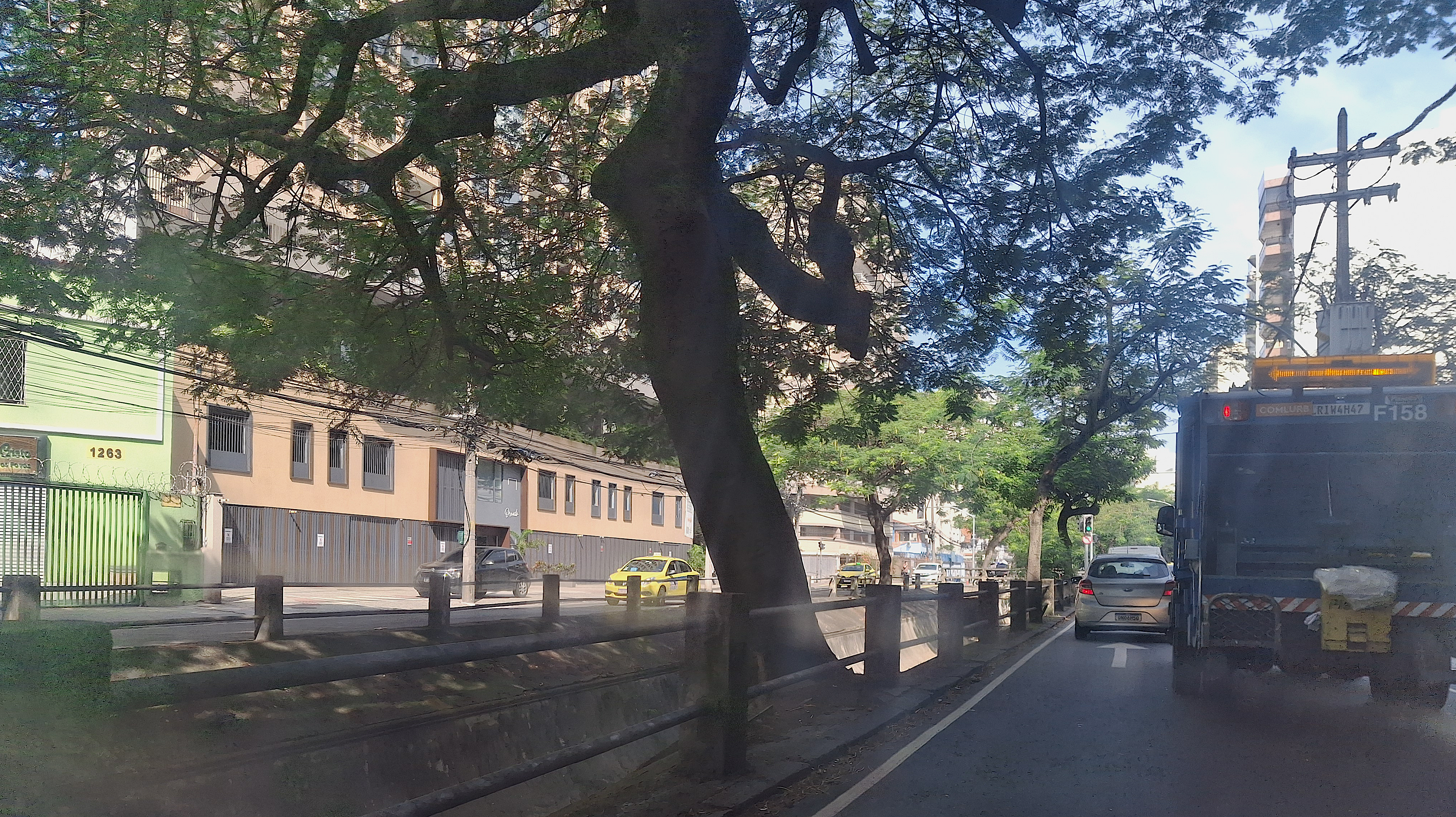
Reversing Course: How to Rebuild Our Connection to Rivers in Rio de Janeiro
What is the solution? Both Castro and Almeida highlight the ways Brazilian Indigenous communities view their kinship with waterways and the need to learn from them to promote conversations about river health in Rio.
“Indigenous peoples in Brazil cannot imagine life without rivers. A river is like a parent or a limb.” — Adão Castro
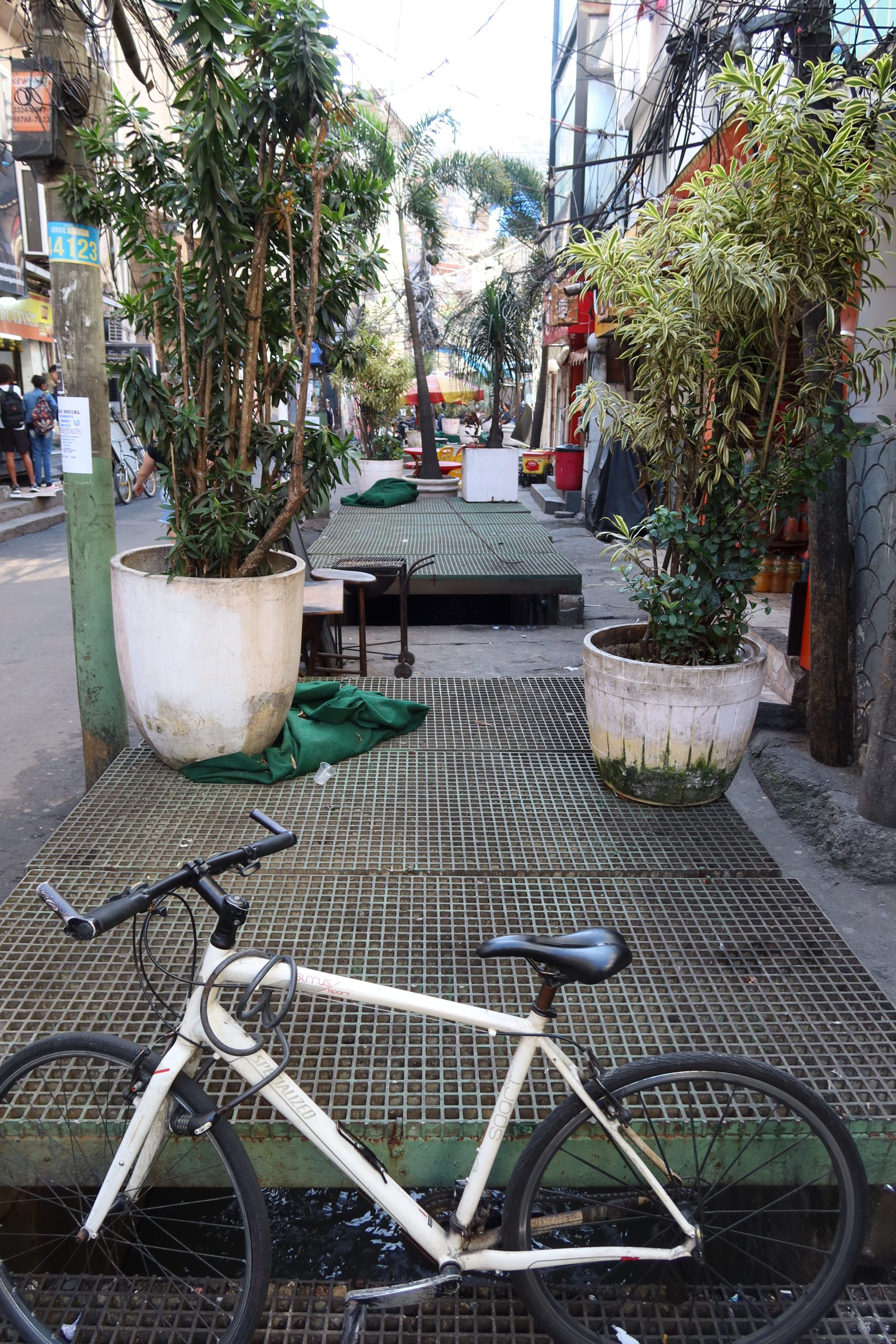
Sadly, commodification of rivers occurred through Portuguese colonization of the country.
“Indigenous communities had a deep, inseparable relationship with rivers. With colonization came the period of appropriation. The colonizers, Portuguese and others, saw rivers as means for sugarcane production, irrigation, and mill operations. So we built a utilitarian view: rivers are only resources. For navigation, water use, human and industrial consumption, and even diluting sewage. It’s deeply contradictory. Water gives life, and yet we dump everything harmful into it.” — Adão Castro
Almeida highlights the challenges that the world’s current prevailing economic system poses to maintaining human-ecological relationships.
“Our capitalist society tends to separate humans from nature, turning nature into a collection of objects or resources. But traditional communities see nature differently… It’s relational: nature is where you get your food, where you play, where you pray.” — Kessy Almeida
In Ecuador and New Zealand, rivers have been granted legal personhood, a designation that strengthens the human relationship with rivers.
“If we look at what’s being done abroad, some countries, like Ecuador, are already thinking about environmental rights in a more advanced way. They’ve recognized the rights of nature and even granted legal personhood to rivers to ensure their protection. Internationally, New Zealand is a powerful example. They granted the Whanganui River legal personhood, in partnership with the Māori people. This recognition affirms the river as a subject with rights. That’s a model we can learn from.” — Kessy Almeida
According to Almeida and Castro, there are clear steps that researchers, policy-makers, and community members can take within Rio de Janeiro to protect its rivers.
“I think there are two paths ahead. One is not so hopeful: it’s the path of continued neglect and destruction of our rivers and ecosystems. But as a researcher and geographer, I believe in another way: education can guide us down a different, better path.” — Kessy Almeida
Much of the education work currently taking place regarding the city’s rivers is headed up by community-based groups, non-governmental organizations, university and research groups and some public bodies.
According to Almeida, the education work conducted by these groups, while not being a ‘typical’ scientific solution to the problem, is the most powerful tool to start thinking about river health.
“If education is aligned with science, with dialogue to build public policy, and with respect for traditional knowledge and communities, then I believe we can rebuild the connection between society and our rivers.” — Kessy Almeida
Almeida describes how education is a pathway to policy-making, which can then enshrine the rights of rivers and their dependent communities into law.
“It starts with basic rights: the right to housing, to a healthy environment, and to policies that [are responsive to constituent’s voices]. It starts with universities engaging with local communities and building those bridges.” — Kessy Almeida
Finally, she emphasizes that needs cannot be met without knowing what they are, which requires another component: listening.
“The very first step is to listen: to the rivers, to the people, and to the unique needs of each place. We can’t have top-down solutions. Justice, both environmental and social, requires real participation.” — Kessy Almeida


